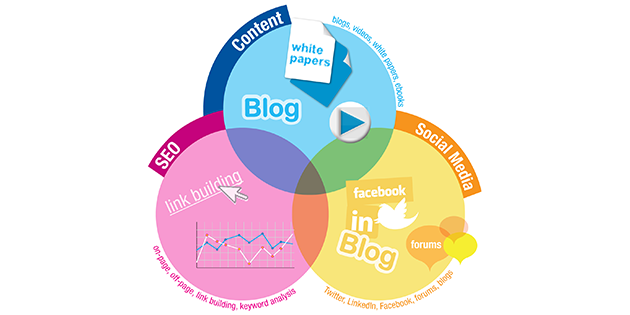If you find it difficult at times to sit down at your desk and really focus on something, you’re not alone. A 2015 Microsoft study states that the average human attention span has shrunk to eight seconds and it is expected to continue to shrink.
So how can you improve your focus at work and do what needs to get done? Whether you are calling sales leads or grading papers, you have to be able to focus.
Stephanie Vozza writes in 8 Ways to Improve Your Focus that one of the first things people need to realize is that focus is an acquired skill. To say that some people are able to focus and others are not is false. Vozza compares focus to a muscle that needs to be trained.
Too many people labor under the idea that they’re just not focused, and this becomes a self- fulfilling prophesy. Once you drop this mistaken belief, you can take a much more realistic approach to building focus.
Vozza has eight tips for building your focus, ranging from taking short breaks to grabbing some coffee. While the tips are simple, it can be difficult to implement the changes. One thing Vozza advocates is unplugging for 30 minutes. Unfortunately, people who are constantly checking their email or text messages may find this excruciating but it is definitely worth the effort.
While it may seem obvious, in order to stay focused people must identify what they should be focusing on. In other words, if you know what you need to be doing you will be less likely to be distracted by things that aren’t important.
No matter how quickly things are moving or how much information you have at your fingertips, you won’t accomplish much if you are unable to put your head down and get work done. Now that’s something you really need to focus on!





